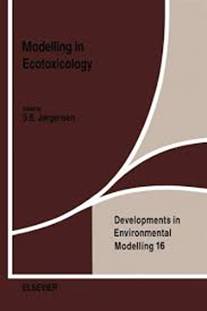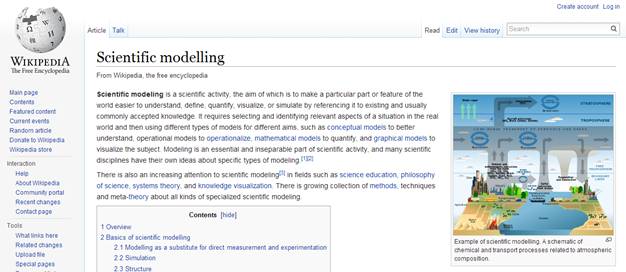Introduction
A model is an abstract representation of a system or process. Conceptual, mathematical and simulation models are important and exciting, because they capture general principles of a scientific area and because they can make predictions.
More information about the concepts of scientific models and modelling can be found in some general book about modelling and in the following link:
https://en.wikipedia.org/wiki/Scientific_modelling
In the framework of Ecotoxicology, models can:
- Serve as a tool to early diagnose the effects of pollution in organisms, populations and communities in the whole ecosystem, both in monitoring and risk assessment programmes.
- Diagnose adverse effects on goods and services to be protected.
- Integrate effects across physicochemical and biological factors and across different taxonomic groups in both space and time.
- Predict future ecological conditions under a range of toxicity scenarios (e.g. oil spill).
See the following book for more information about the importance of models in ecotoxicology:

J°rgensen SE. 1990. Modelling in ecotoxicology.
Developments in Environmental Modelling. Volume 16. Elsevier Science
Publisher B.V. The Netherlands. Available at: http://www.sciencedirect.com/science/bookseries/01678892/16
